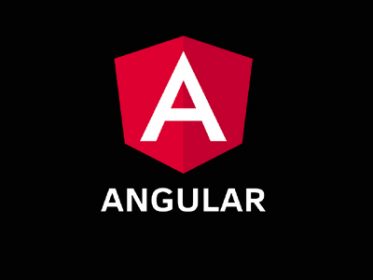Angular – Frontend Engineer Course

About Course
An “Angular – Frontend Engineer Course” typically refers to a training program or course designed to teach individuals the fundamentals of Angular and equip them with the skills needed to work as a Frontend Engineer using Angular as their primary framework for building web applications.
Angular is a popular and powerful open-source front-end framework developed and maintained by Google. It is used for building dynamic, single-page web applications (SPAs) and complex user interfaces. Angular provides a structured and opinionated approach to frontend development, making it easier to build scalable and maintainable applications.
A typical “Angular – Frontend Engineer Course” may cover the following topics:
1. Introduction to Angular: Understanding the basics of Angular, its architecture, and the building blocks of an Angular application.
2. TypeScript: Learning TypeScript, which is the programming language used in Angular development, and how it enhances JavaScript with static typing and additional features.
3. Components and Templates: Understanding how to create Angular components and their associated templates to build reusable UI elements.
4. Directives: Learning about Angular directives and how they enable developers to extend the behavior of HTML elements and attributes.
5. Dependency Injection: Understanding dependency injection in Angular and how it helps manage dependencies and improve testability.
6. Data Binding: Exploring data binding in Angular to establish communication between the component and the template.
7. Services: Learning about Angular services and how they provide a way to share data and logic across different parts of the application.
8. Routing: Implementing client-side routing using Angular Router to create SPAs with multiple views and navigation.
9. Forms: Understanding Angular’s approach to form handling and validation.
10. HTTP Client: Using Angular’s built-in HTTP client to communicate with servers and APIs.
11. RxJS: Introduction to reactive programming with RxJS, which is heavily used in Angular for managing asynchronous operations.
12. State Management: Exploring different state management solutions in Angular, such as NgRx, to manage application-wide data and state.
13. Angular CLI: Learning how to use the Angular Command Line Interface (CLI) to scaffold and manage Angular projects efficiently.
14. Testing: Understanding how to write unit tests and perform testing in Angular applications using tools like Karma and Jasmine.
15. Deployment: Preparing and deploying Angular applications to production environments.
16. Best Practices and Project Structure: Learning coding best practices, project organization, and architectural patterns in Angular.
The course may also include real-world projects and exercises to apply the learned concepts and gain hands-on experience with Angular development.
As Angular and web development technologies continue to evolve, staying up-to-date with the latest versions of Angular and related tools is crucial for frontend engineers working with this framework.
Course Content
Introduction to Frontend Development and Angular
-
Overview of frontend development technologies (HTML, CSS, JavaScript)
-
Introduction to Angular and its advantages
-
Setting up the development environment (Node.js, Angular CLI, etc.)

